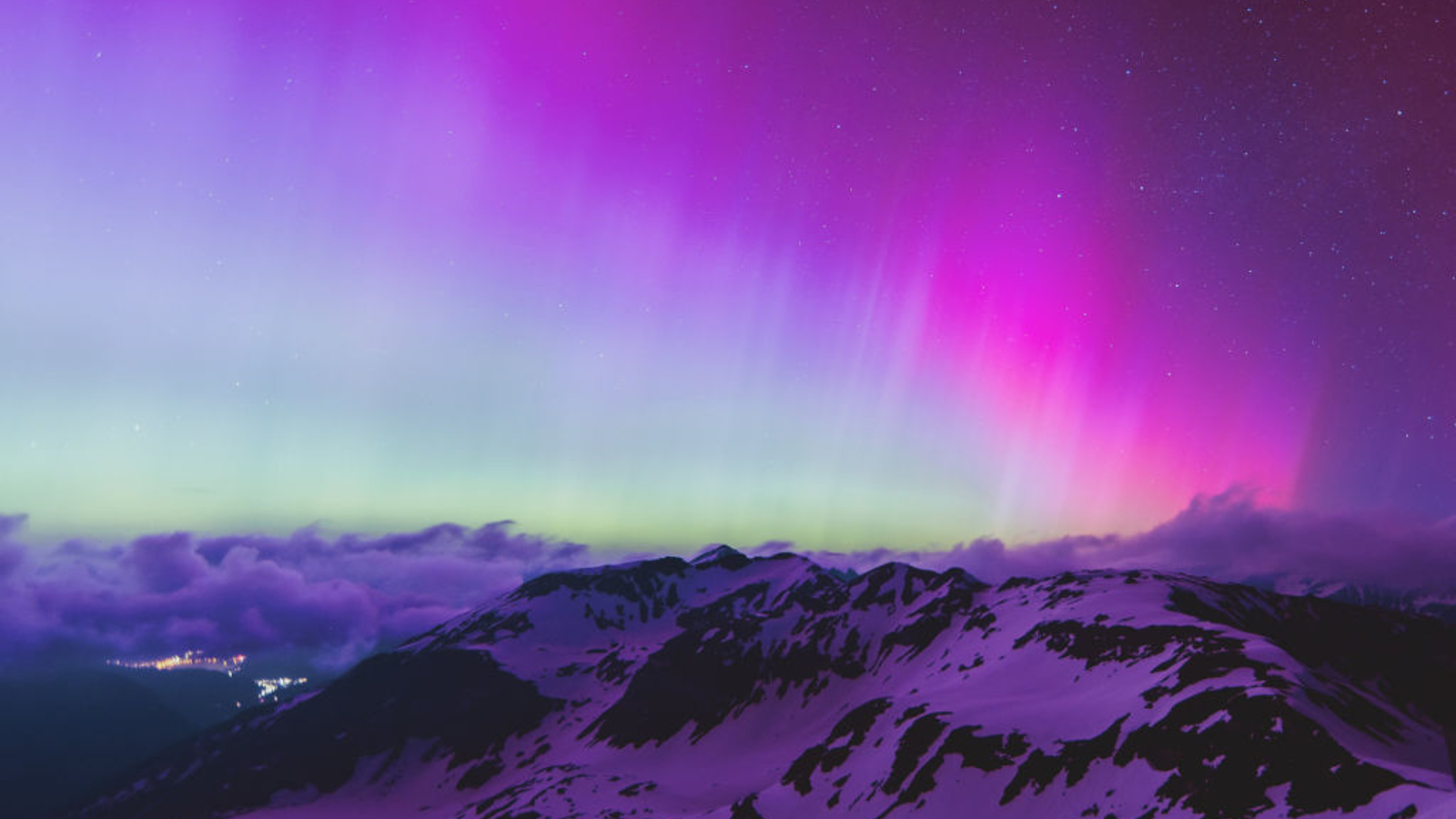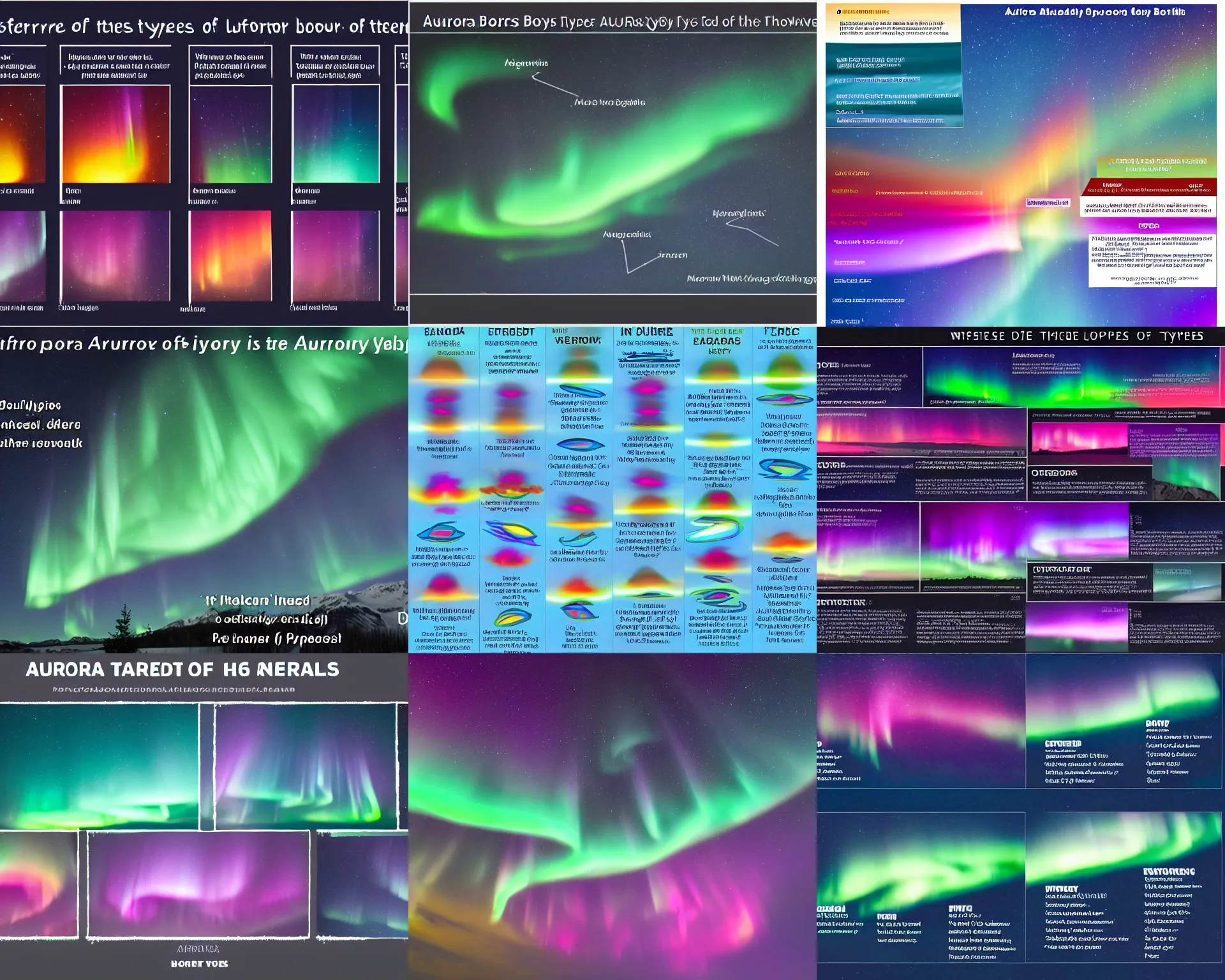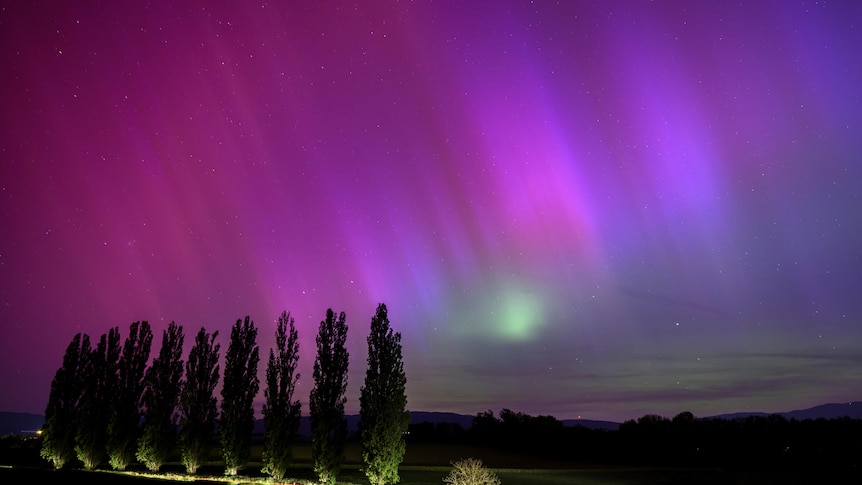What Are Geomagnetic Storms?
Geomagnetic storms are intense space weather events caused by charged particles from the Sun colliding with Earth’s magnetic field. These storms can last for hours or even days, depending on the intensity of solar activity. They often result from solar flares or coronal mass ejections (CMEs), which release massive amounts of energy into space.
These storms can have a significant impact on modern technology, including power grids, satellite communications, and GPS systems. For example, during the 1989 geomagnetic storm, a blackout occurred across much of Canada due to the disruption of power grids.
How Do Geomagnetic Storms Affect the Northern Lights?

One of the most visually stunning effects of geomagnetic storms is the enhancement of the aurora borealis, or Northern Lights. When charged particles from the Sun interact with Earth’s magnetic field, they collide with atoms and molecules in the atmosphere, causing them to emit light. This results in the colorful displays that can be seen in the night sky, especially near the poles.
During strong geomagnetic storms, the Northern Lights can be visible much farther south than usual. In recent reports, it was predicted that the aurora could be seen as far south as Alabama and Northern California. This rare phenomenon has captured the attention of many people across the United States.
The Science Behind the Northern Lights

The colors of the Northern Lights are determined by the type of gas particles in the atmosphere that are hit by the charged particles from the Sun. Oxygen and nitrogen are the primary gases involved in this process.
- Green: The most common color of the Northern Lights, caused by oxygen at altitudes of 100–200 kilometers.
- Red: Produced by high-altitude oxygen during strong solar activity.
- Pink, Purple, and Blue: Caused by nitrogen at lower altitudes.
- Yellow: A mix of different colors, often seen when the Sun is very active.
The strength and frequency of the Northern Lights are influenced by the Sun’s 11-year solar cycle. During the solar maximum, when the Sun is most active, there is a higher chance of geomagnetic storms and more intense auroras.
Recent Geomagnetic Storm Activity

In May 2025, the National Oceanic and Atmospheric Administration (NOAA) issued a geomagnetic storm watch due to a powerful coronal mass ejection from the Sun. This event triggered a G4-level storm, which is considered severe. The storm was expected to reach Earth later on Sunday, potentially causing G3 (Strong) levels and possibly even G4 levels on Monday.
Scientists from NOAA and NASA are closely monitoring solar activity using satellites such as DSCOVR and SOHO. These satellites provide real-time data on solar flares and CMEs, helping to predict the potential impact of geomagnetic storms on Earth.
Impact on Modern Technology
Geomagnetic storms can have a significant impact on modern technology. Power grids can be disrupted, leading to blackouts. Satellite communications and GPS systems can also be affected, as the charged particles from the Sun can interfere with signals.
Airlines are also affected by geomagnetic storms, as they may need to reroute flights to avoid radiation zones. Additionally, cryptocurrency mining farms and other digital infrastructure can be vulnerable to disruptions caused by these storms.
Preparing for Geomagnetic Storms

While most geomagnetic storms do not pose a direct threat to humans, they can cause disruptions to technology and communication systems. To prepare for a geomagnetic storm, it is recommended to:
- Keep backup power sources, such as battery packs or generators.
- Avoid using electronic devices during major solar flares.
- Stay informed through reliable sources such as NOAA’s Space Weather Prediction Center.
Frequently Asked Questions
What is a geomagnetic storm?
A geomagnetic storm is a space weather event caused by charged particles from the Sun interacting with Earth’s magnetic field. These storms can disrupt technology and create the Northern Lights.
Can geomagnetic storms affect humans on Earth?
For most people on the ground, geomagnetic storms are not dangerous. However, they can disrupt technology such as power grids, GPS, and internet signals. Astronauts and those flying at high altitudes near the poles are more affected by the radiation.
Are the Northern Lights caused by geomagnetic storms?
Yes! The Northern Lights are often enhanced during geomagnetic storms. Solar particles hitting Earth’s magnetic field create colorful displays in the sky, especially near the poles.
How can I prepare for a geomagnetic storm?
Most storms won’t impact your daily life, but for major ones, it’s smart to have a backup charger, keep devices unplugged during big solar flares, and stay updated using sites like NOAA’s Space Weather Center.
Conclusion
Geomagnetic storms are fascinating and powerful natural phenomena that can have both positive and negative effects on Earth. While they can disrupt technology and communication systems, they also create stunning displays of the Northern Lights. As we continue to rely more on technology, it is important to monitor and understand these space weather events.
Stay updated with the latest news on geomagnetic storms and the Northern Lights. Whether you’re an astronomy enthusiast or simply curious about space weather, there’s always something new to discover.
Author: Sarah Thompson
Title/Role: Science and Technology Writer
Credentials: With over a decade of experience covering space science and technology, Sarah has written extensively on topics ranging from solar physics to satellite communications. She holds a degree in Environmental Science and has contributed to multiple publications on space weather and its impact on Earth.
Sources:
– NOAA Space Weather Prediction Center
– NASA Solar Dynamics Observatory
– AuroraWatch UK
Related Articles:
– Understanding Solar Flares and Their Impact on Earth
– The Science Behind the Northern Lights
– How to Track Geomagnetic Storms in Real Time
Schema Markup:
{
"@context": "https://schema.org",
"@type": "Article",
"headline": "US Trending News: Understanding the Aurora Borealis and Geomagnetic Storms",
"description": "Explore the science behind geomagnetic storms and the Northern Lights, and learn how they impact modern technology.",
"author": {
"@type": "Person",
"name": "Sarah Thompson"
},
"publisher": {
"@type": "Organization",
"name": "Science Today",
"logo": {
"@type": "ImageObject",
"url": "https://example.com/logo.png"
}
},
"datePublished": "2025-05-10"
}
Featured Snippet Optimization:
“Geomagnetic storms are caused by charged particles from the Sun interacting with Earth’s magnetic field, creating the Northern Lights and disrupting technology.”
Call to Action:
Stay updated with the latest news on geomagnetic storms and the Northern Lights. Whether you’re an astronomy enthusiast or simply curious about space weather, there’s always something new to discover.











More Stories
What Is Yodo Para Tiroides and How Does It Affect Thyroid Health?
What is WSET? A Comprehensive Guide to Wine Education
US Trending News: What Are Winter Bones? A Guide to the Seasonal Trend in Bone Health